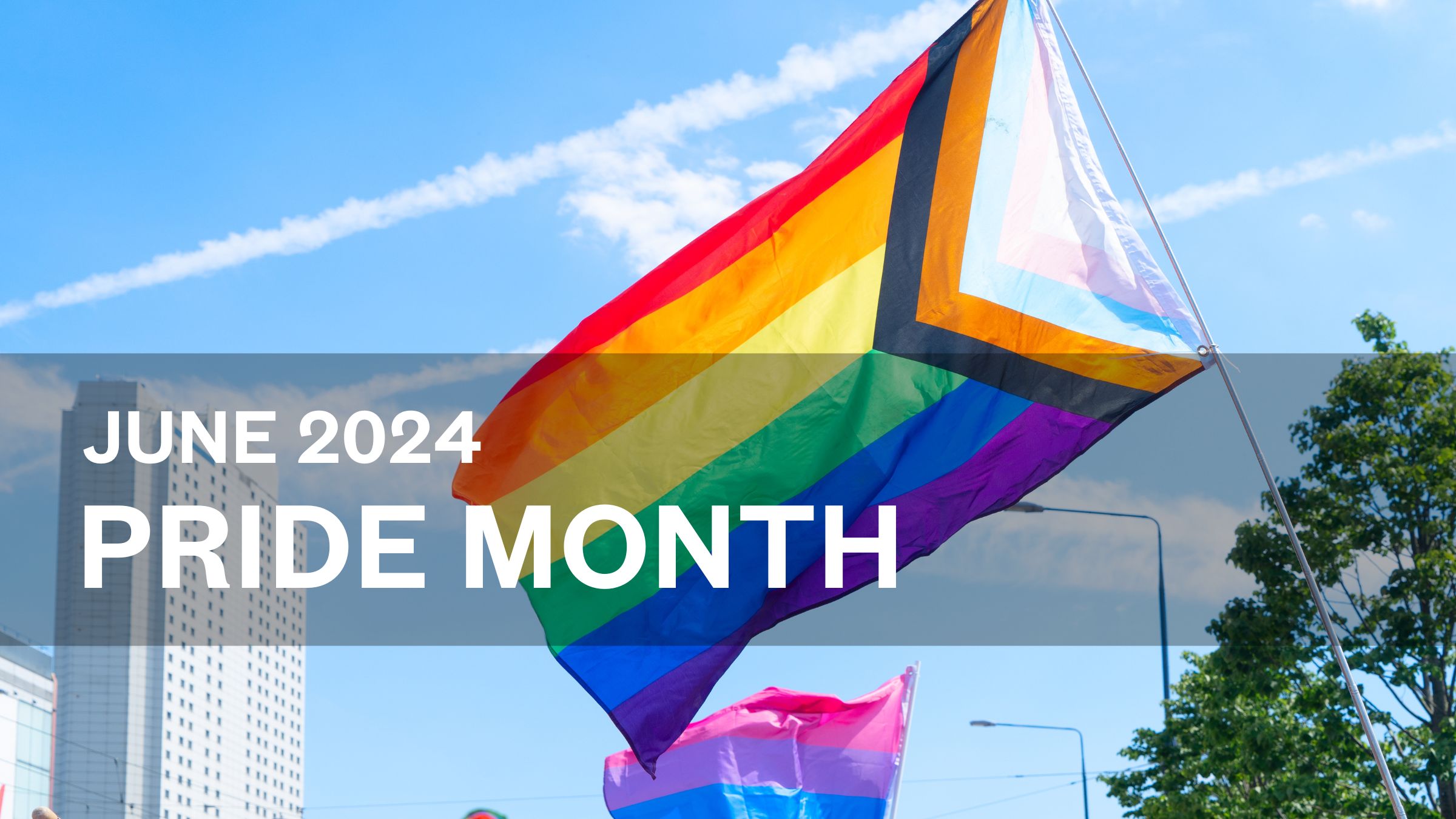How the Construction Industry is Addressing LGBTQ+ Discrimination in the Workplace
In this article, we look at what people can do to promote diversity and inclusion and make someone from the LGBTQ+ community feel more comfortable in construction.
Breaking stereotypes: LGBTQ+ workplace discrimination
It would be naïve to think that discrimination in the workplace, on the basis of a person’s sexual orientation or the gender they identify with, doesn’t take place. Decades, if not centuries of social stereotyping will leave its mark, especially in a traditionally male and heterosexual-dominated industry like construction.
Whether it is a comment, an action, a policy or a procedure, discrimination can have a devastating impact on an individual. It may actually be indirect discrimination, unconscious bias or unintentional, but it is still discrimination. Industries like construction have done so much to become more diverse, inclusive spaces, but it can still be daunting for someone from the LGBTQ+ community to enter a workplace like a construction site.
There are now legal safeguards in place to protect people from discrimination. The Equalities Act of 2010 identified nine protected characteristics, including sexual orientation and gender reassignment. The legislation protects anyone from discrimination on the basis of these characteristics.
As Stephen Flatt, Products and Services Coordinator at CITB, says: “The main thing is that employees need to feel accepted. They need to know that their differences will not be held against them and that people do not see them for their differences but collaborate with them regardless of their preferences or lifestyle.”
Making progress: how to promote diversity and inclusion in the workplace
Creating a culture of diversity and inclusion can make all the difference. People coming into the working environment would feel more able to be themselves if they saw evidence of inclusivity, and current employees would be less prone to perpetrating discriminatory behavior.
Inclusivity is an ongoing process – the world is always changing, and industries have to keep pace. Organizations should be continuously improving their equality, diversity and inclusion procedures and policies, training and activities. Only 2% of construction employees currently identify as bisexual, gay or lesbian, while the figure nationally is 3.2%, so much needs to be done to make LGBTQ+ construction workers feel more comfortable, safe and valued at work.
So what can organizations do to promote diversity and inclusion?
Celebrate and run Pride events
Pride events are held every year, usually during Pride month in June. Businesses can encourage staff to attend their local Pride festival or parade, publicize it or to even run their own event. Workers could be encouraged to wear rainbow colors for the day or tie their boots with rainbow laces.
Develop ‘No Bystander’ policies
‘No Bystander’ policies encourage people in workplaces to challenge anyone who uses discriminatory or offensive language, even if it is unintentional. Companies can decide whether to make reporting such incidents optional or compulsory.
Unconscious bias training
Unconscious bias is when we judge each other unfairly based on ignorance or social and cultural stereotyping. People may grow up with preconceived ideas and make mental shortcuts, often resulting in bad, inaccurate or biased choices. Training to eradicate unconscious bias can be in the form of coaching and workshops.
LGBTQ+ role models
LGBTQ+ staff can be encouraged to become role models within their organization. Giving them the time to inspire others, by talking about their experiences and being available for advice and support, can make employees feel less isolated.
Diversity training
Diversity training increases awareness of different cultures for employees within an organization, seeks to create equal opportunities, and encourages the participation of everyone in a company, irrespective of their background. Diversity training also explores ways to reduce unconscious bias and discrimination.
Building Connections: LGBTQ+ Networks in Construction
Employees can be further supported through LGBTQ+ networks, which are safe spaces for people and can exist within organizations or across an industry. In construction, there are several such networks, including the LGBT Foundation, Constructing Equality, Architecture LGBT+ and Building Equality. These networks empower individuals, allowing them to be more confident and realize their full potential.
Powerful partnerships: building equity partnerships
Equity partnerships are a way for businesses to work together and pool knowledge, skills and experience, as well as some costs and other financial resources. They may also have a common set of goals, vocabulary and ideals. In terms of creating more inclusive and diverse working environments, equity partnerships can be very important in terms of bringing about change.
Legislation and legalization: making inclusivity accountable
For some organizations, inclusivity is not just about perception or feelings. It can mean increased revenue, lower staff turnover, or greater productivity. It can also lead to organizational and sometimes even legislative change. In these ways, inclusivity is made accountable. Practices that were once standard, such as different maternity or paternity benefits for heterosexual and same-sex parents, are now unacceptable and in some cases illegal.
How can I advocate for LGBTQ+ inclusion in the workplace?
Advocates for LGBTQ+ inclusion can play an important role in addressing discrimination. Through allyship programs, they can champion LGBTQ+ rights, and call out practices, policies or behavior that are not sympathetic to diversity or inclusion. By being an advocate, coming up with ideas, running events, providing support for LGBTQ+ staff and engaging in dialogue with board-level members, you can be an influential voice in making positive change within an organization.
Be part of the change in LGBTQ+ discrimination and join the construction industry
Construction is a diverse and inclusive industry, but it can still have considerable challenges for a member of the LGBTQ+ community. That is why it is important for everyone in construction to play their part in making discrimination a thing of the past.
Find out more about the changes that are happening in construction:
https://www.goconstruct.org/why-choose-construction/whats-happening-in-construction/how-the-construction-industry-is-addressing-lgbtqplus-discrimination-in-the-workplace/



